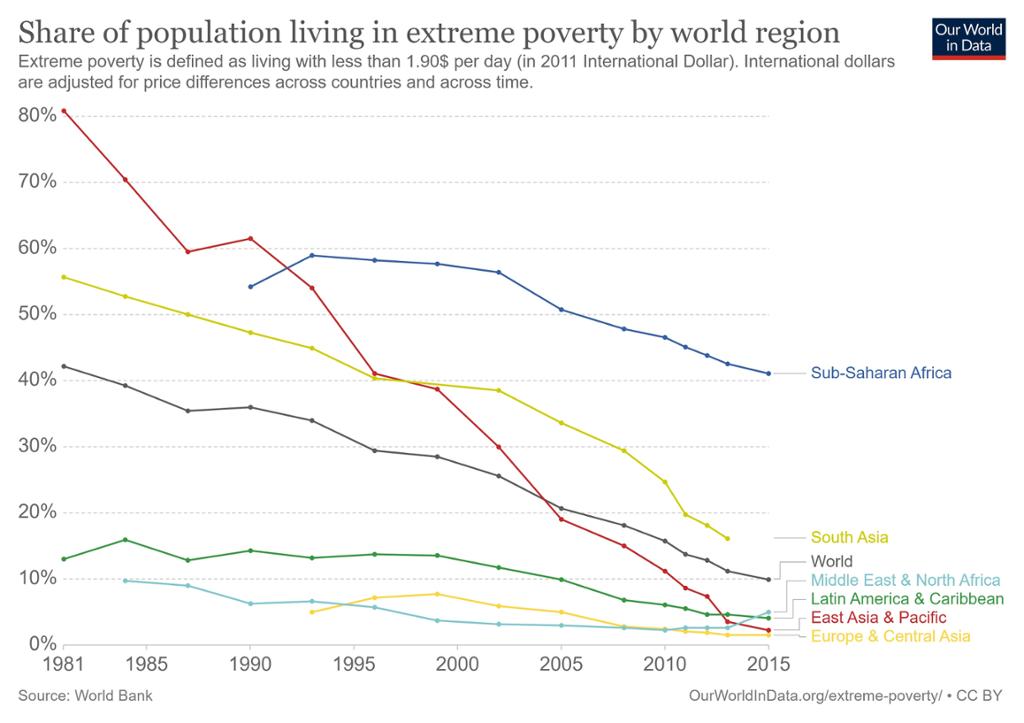Tasks: William Kamkwamba
In the box below, you will find words describing different types of wind. Find the Norwegian translations.
hurricane
breeze
cyclone
whirlwind
typhoon
gale
tornado
The questions below are related to William Kamkwamba's TED Talk found in the article about him. Watch the TED Talk, then answer the questions.
- Why did Kamkwamba want to build a windmill?
- How was he able to build a windmill?
- How did people in the village react to Kamkwamba's windmill?
- How did building a windmill change Kamkwamba's life?
- Kamkwamba speaks English with a strong Malawian accent, does that make it difficult to understand what he says? Explain your opinion.
- The subtitles for the TED Talk are computer generated, because of this there are many mistakes. Point out some of the mistakes that are made in the subtitles and correct them.
Below, you will find a film made for NDLA about how windmills work. The film is in Norwegian.
- Watch the film, make a note of the most important information and make a factsheet in English about how windmills work. Focus on making the language as idiomatic as possible.
- When you have made the factsheet, consider: Could you do what Kamkwamba did and build your own windmill? Give reasons for your answer.
- Video: Reidar Kyllesdal, Kristin Bøhle / CC BY-SA 4.0
Pick one of the tasks to research. Decide with your teacher whether the work should lead to a written essay or an oral presentation.
- How will climate change affect Africa in the years to come?
- Malawi is one of the poorest countries in the world. Find out why Malawi is poor and what consequences poverty has for the population of Malawi.
- William Kamkwamba continues to work to build windmills in Malawi. Find out more about the project and how it is making a difference for the lives of people in Malawi.
- Can renewable energy such as wind and solar power help end poverty around the world?
Study the statistics carefully and write a short text where you explain what they show us about extreme poverty.

William Kamkwamba was 14 when he built a windmill and changed life in his village for the better. What can you do to improve life for people where you live?
Work in groups and make a pitch for how you can improve life for people in your area. Make sure the project can be carried out by you and your classmates, and that it is affordable.
Share your pitch with the class and discuss which project is most likely to have a positive result.